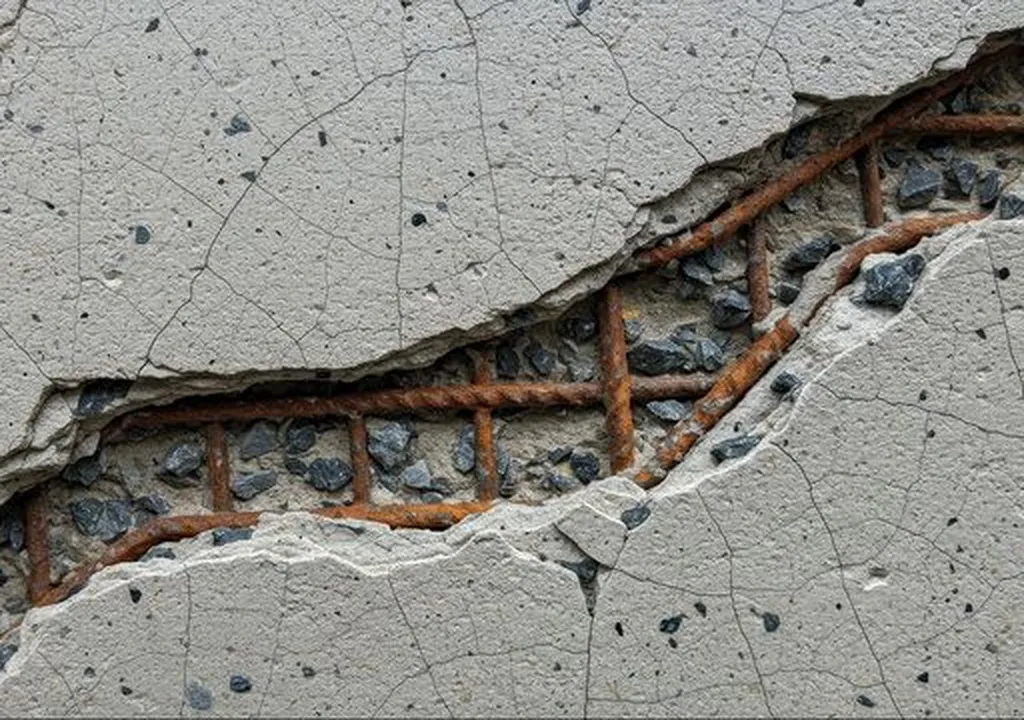In the quest for sustainable construction, a groundbreaking study has emerged, shedding light on the transformative potential of machine learning (ML) and deep learning (DL) in the concrete industry. Published in the *Journal of Asian Architecture and Building Engineering* (translated as *Journal of Asian Architecture and Building Engineering*), the research, led by Lapyote Prasittisopin from Chulalongkorn University, offers a comprehensive review and analysis of how artificial intelligence (AI) can drive sustainability in concrete construction.
The study, which analyzed 502 publications, reveals that ML and DL applications are enhancing mix design optimization, particularly concerning supplementary cementitious materials, property prediction, structural health monitoring, and lifecycle sustainability assessment. “AI-driven methodologies facilitate accurate forecasting, efficient material selection, and predictive maintenance,” Prasittisopin explains, highlighting the significant strides being made in the field.
The research underscores the critical role of AI in aligning with the United Nations Sustainable Development Goals (UN-SDGs). By leveraging AI, the construction industry can minimize environmental impact while maintaining performance and resilience. This is particularly relevant for the energy sector, where sustainable construction practices are increasingly becoming a priority.
However, the study also identifies key challenges that need to be addressed. “Inadequate data quality, the absence of standardized datasets, issues with model interpretability, and the gap between experimental advancements and practical implementation are significant hurdles,” Prasittisopin notes. To overcome these obstacles, the research suggests the implementation of explainable AI frameworks, hybrid physics-data models, and interdisciplinary collaboration among engineers, data scientists, and policymakers.
The findings of this study have profound implications for the future of sustainable construction. By integrating AI into concrete construction, the industry can achieve more accurate forecasting, efficient material selection, and predictive maintenance. This not only promotes sustainability but also enhances the overall performance and resilience of construction projects.
As the construction industry continues to evolve, the insights from this research will be instrumental in shaping future developments. By addressing the identified challenges and leveraging the potential of AI, the industry can pave the way for a more sustainable and resilient future. The study’s publication in the *Journal of Asian Architecture and Building Engineering* further underscores its relevance and impact on the global stage.
In conclusion, the research led by Lapyote Prasittisopin offers a compelling vision of how AI can revolutionize sustainable concrete construction. By addressing the identified challenges and fostering interdisciplinary collaboration, the industry can harness the full potential of AI to drive sustainability and innovation in the years to come.

